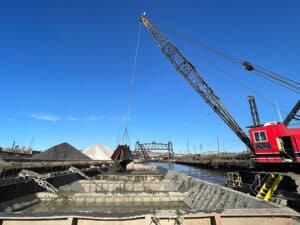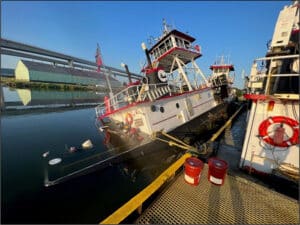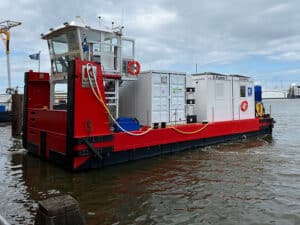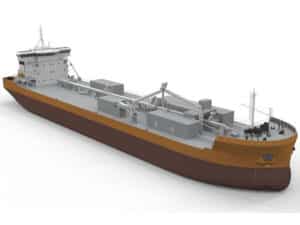
Op-Ed: Navigating industry barge rates
Written by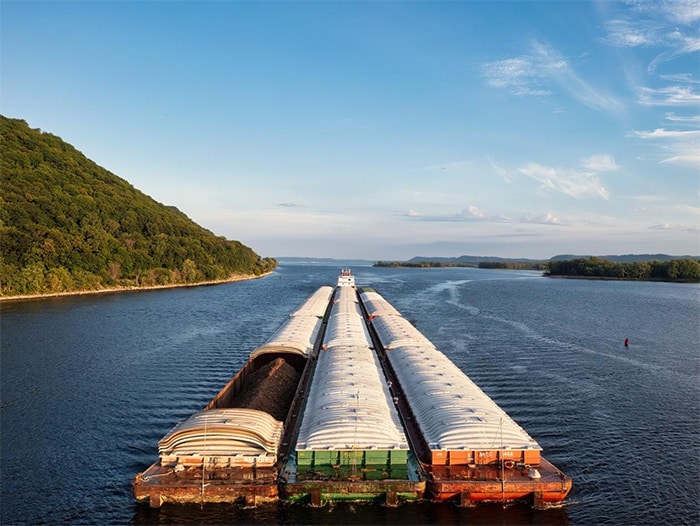
Credit: Unsplash
Navigating the complex world of shipping and logistics can be a tremendous task, especially when you’re focused on maintaining competitiveness, ensuring operational efficiency, and keeping a keen eye on the bottom line. One key element in this intricate dance is securing optimal barge rates for the transport of goods—a cornerstone for balancing financial health and competitive edge.
Whether you’re a local shipper or a global conglomerate, understanding the nuances of barge rates is crucial. It’s not just about securing lower per-mile costs or negotiating bulk rate discounts; it’s about achieving comprehensive operational efficiency, maximizing cargo capacity, and strategic route planning.
Barge Rates Landscape
Barge rates vary based on factors like fuel prices, supply and demand, type of cargo, mode, and distance. For example, dry cargo rates differ from liquid cargo rates, even in the same lane. Rates can also vary based on the exact nature of the freight and whether the barge operates on a river, canal, or the open ocean.
In general, rates have been under pressure recently due to global trends. Despite this, they remain a cost-effective and efficient means of moving bulk, break bulk, as well as special/heavy cargo.
Historically, the Mississippi River, a major barge transportation route in the U.S., had grain transportation rates around $20 per ton. However, in 2022, due to record low water levels, closures, and disruptions, rates skyrocketed. In 2023, rates showed progression, reflecting a 25% decrease from the previous week, but still significantly above historical averages.
As we entered 2023, the barge rates showed a visible progression. A report by the USDA on grain transportation reveals that for the week commencing January 10, the tariff close to St. Louis stood at 541% above the standard ($21.59 per ton), reflecting a 25% decrease from the previous week and a 20% drop compared to the same period during the last year.
The existing barge rate marks an 80% reduction from the historical peak recorded at 2,653% over tariff ($105.85/ton) in the week beginning October 11, 2022.
The rate for barge transport projected over the next three months was a 7% decrease from the prior week, standing at 422% above the tariff ($16.84/ton). However, it is still 35% more than during the same period the previous year. This rate decline can be attributed to the enhanced navigation conditions in the Mississippi River System (MSR).
The potential for barges to offer lower greenhouse gas emissions compared to other modes of transport also gives them an edge in the current eco-conscious business environment. As industries strive to reduce their carbon emissions and impact climate change, this feature will likely become increasingly relevant in decisions concerning freight transportation.
Factors Influencing Barge Rates
The calculation of barge rates is intricate and involves multiple elements:
- Base Rate: The foundational cost of operating a barge, integrating fixed (insurance, equipment leases) and variable costs (crew wages, fuel costs).
- Distance: Longer voyages generally result in higher overall costs, but economies of scale might make long-distance transportation more cost-effective per mile.
- Available Barges and Cargo: Supply and demand play a substantial role. When more barges are available than cargo, rates may decrease due to increased competition among operators.
- Weight and Volume: Larger and heavier cargo naturally leads to higher costs, but as weight or volume increases, the cost per ton may decrease.
- Freight Class: The type of cargo influences rates; special requirements for hazardous materials or oversized equipment can escalate costs.
In conclusion, understanding rates and their influencing factors is integral for optimizing supply chain and transportation costs. Each of these variables ultimately come together to develop a custom rate, as explored in a detailed guide to barge rates here. As we strive to reduce our carbon footprint, barge transport’s economic and environmental advantages make it a formidable alternative. Finding competitive barge rates is key to efficient and cost-effective cargo transport.

